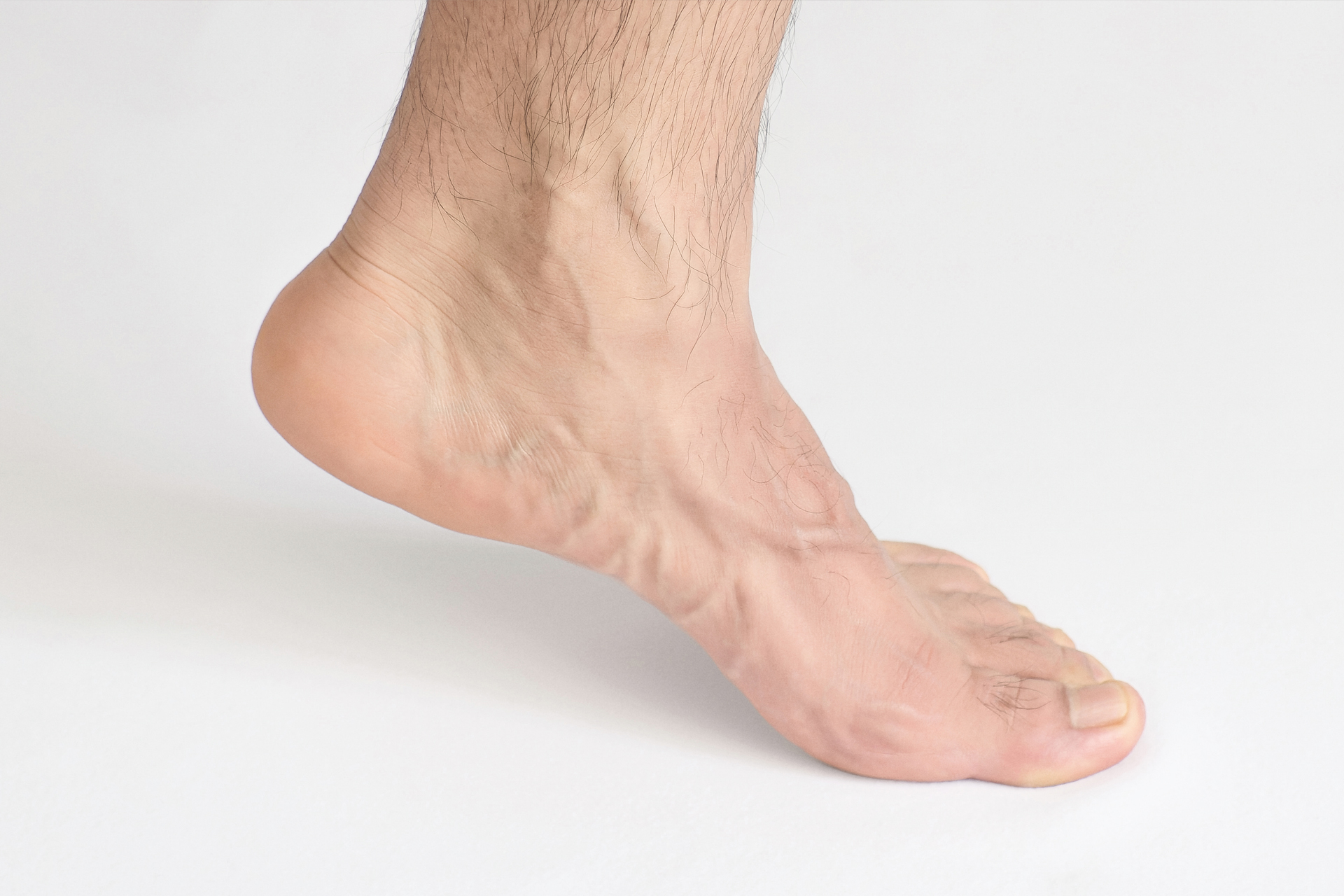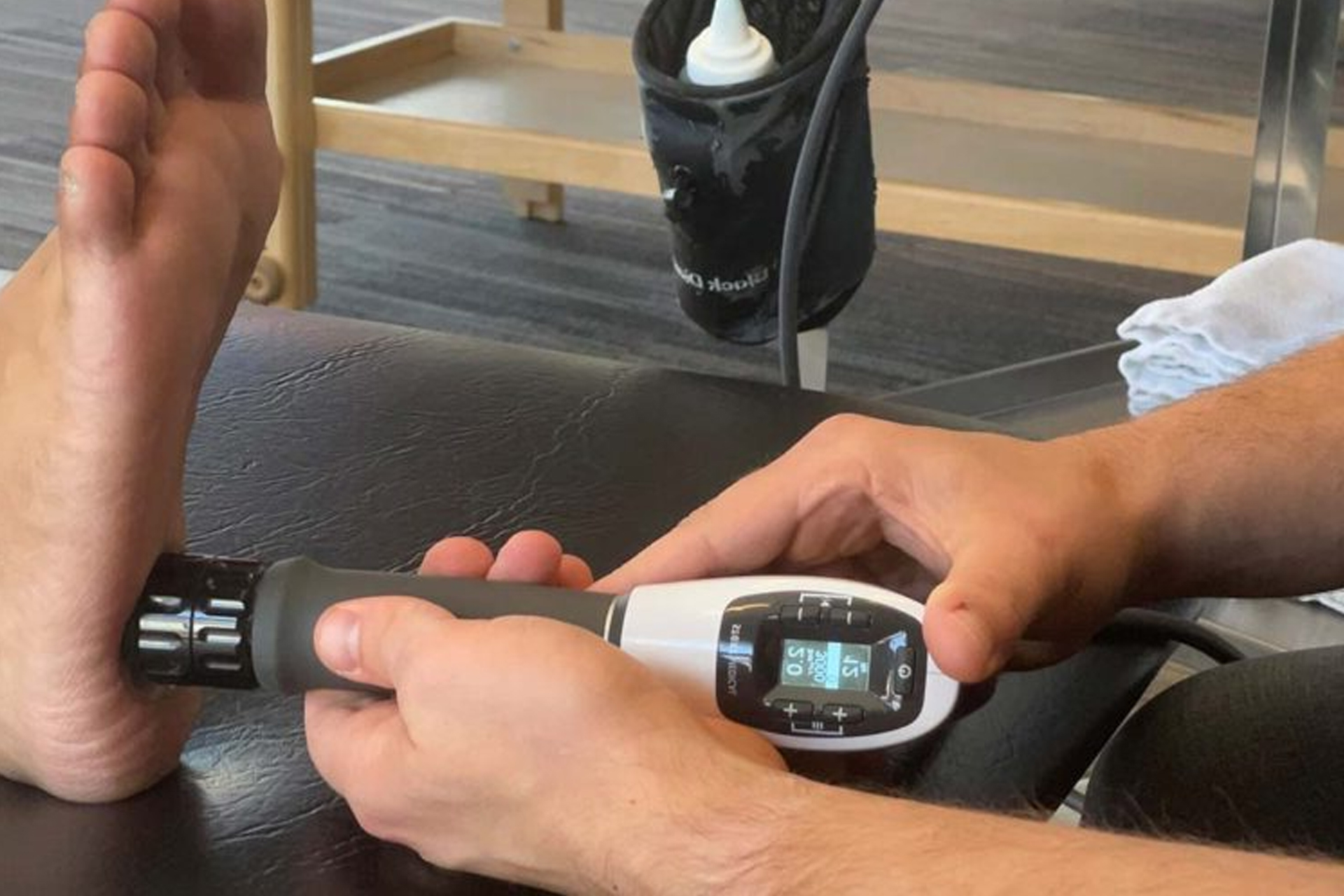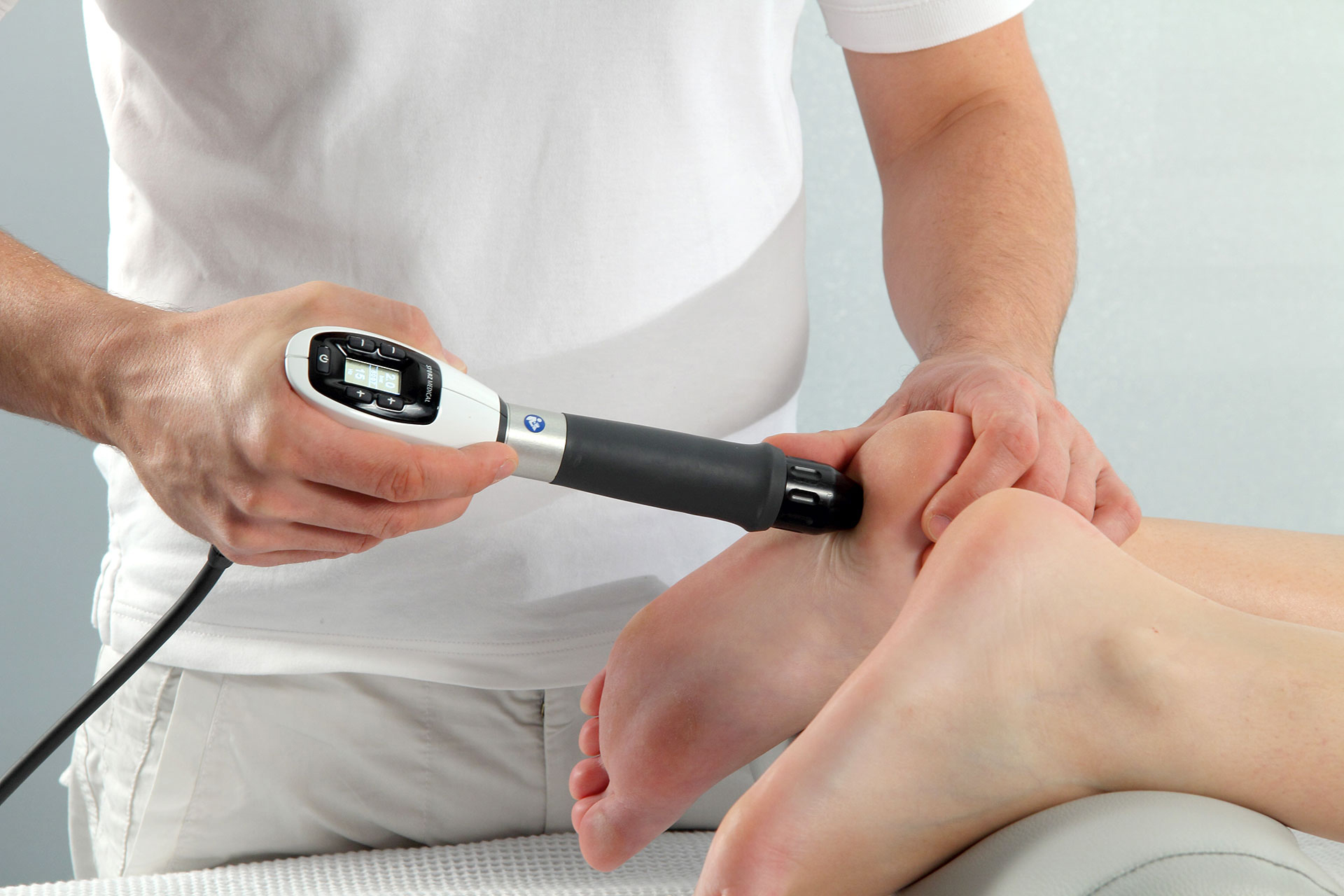At HelloPhysio, we often encounter patients struggling with heel spurs. Heel spurs are calcium deposits that form bony protrusions on the underside of the heel bone. While they can develop independently, they’re frequently associated with plantar fasciitis.
Key symptoms to watch for include:
• Sharp pain in the heel, especially prominent with the first steps in the morning
• Persistent dull ache throughout the day
• Visible small, bony protrusion under the heel (in some cases)
• Inflammation and warmth in the affected area
Understanding the Distinction between Heel Spurs vs. Plantar Fasciitis
While heel spurs and plantar fasciitis often occur together, they are distinct conditions. Heel spurs are bony growths on the heel bone resulting from long-term stress. Plantar fasciitis is inflammation of the plantar fascia, the tissue connecting the heel to the toes. The similarity in symptoms often leads to confusion, highlighting the importance of professional diagnosis.

Plantar fasciitis can lead to heel spur development, but not all heel spurs cause pain, and not all plantar fasciitis cases result in spurs. Both can cause heel pain, especially in the morning, but plantar fasciitis pain typically spreads along the foot arch, while heel spur pain is more localized.
Diagnosis often requires X-rays for heel spurs, while plantar fasciitis is typically diagnosed through clinical examination. The expert team at HelloPhysio uses various diagnostic tools to differentiate between these conditions and provide targeted treatment plans.
Understanding this distinction is crucial for effective treatment. While some interventions benefit both conditions, others are more specific. By recognizing the unique aspects of each condition, we tailor our approach to address each patient’s specific needs, ensuring the most effective path to heel spur treatment and recovery.
Causes and Risk Factors of Heel Spurs
Heel spurs don’t just appear out of nowhere. They’re often the result of long-term stress on your feet. Let’s break down the main culprits:
- Repetitive Stress: You’re at higher risk if you’re constantly on your feet, especially on hard surfaces. This includes athletes, particularly runners, and people with jobs requiring long-standing hours.
- Improper Footwear: Those stylish but unsupportive shoes might do you more harm than good. Lack of proper arch support and cushioning can contribute to heel spur formation.
- Gait Abnormalities: If you overpronate (your foot rolls inward too much when you walk) or have an unusual walking pattern, your heel can be put under extra stress.
- Excess Weight: Carrying extra pounds puts additional pressure on your feet, increasing the risk of heel spurs.
- Age: As we age, the natural fat pad in our heels becomes thinner, providing less cushioning and potentially leading to heel spurs.
- Medical Conditions: Conditions like plantar fasciitis, arthritis, and diabetes can increase your risk.
- Tight Calf Muscles: This can pull on the heel and contribute to spur formation.
Risk factors include being over 40 years old, having a job that requires long hours on your feet, participating in high-impact sports, having flat feet or high arches and a history of foot injuries.
Recovery Time for Heel Spurs
When it comes to heel spur recovery, patience is key. The timeline can vary significantly depending on the severity of your condition and the treatment approach:

Conservative Treatment
With treatments like physical therapy, orthotics, and lifestyle modifications, many people start to feel relief within a few weeks to a couple of months. However, complete resolution can take 6-12 months.
INDIBA® Activ and Shockwave Therapy
These advanced treatments can accelerate healing. Some patients report immediate pain relief, significantly improving over 6-12 weeks of treatment.
Corticosteroid Injections
If used, these can provide rapid pain relief, often within a few days, but the effects are usually temporary.
Surgery
In rare cases where surgery is necessary, recovery can take several weeks to months. Most people can return to normal activities within 6-12 weeks, but complete healing may take up to a year.
Remember, healing isn’t just about pain relief – it’s about addressing the underlying causes to prevent recurrence of heel spur symptoms. At HelloPhysio, we focus on comprehensive treatment plans that alleviate your heel spur pain and set you up for long-term foot health. While we can’t promise overnight miracles, with the right approach, most patients see significant improvement within 2-3 months, and many achieve full recovery within a year.
The key to speedy heel spur relief is early intervention and sticking to your treatment plan. Don’t wait for that heel spur to become your permanent sidekick – the sooner you seek treatment, the quicker you’ll be back on your feet, pain-free! If you’re ready to relieve the pain from your heel spurs, contact us today at HelloPhysio.

